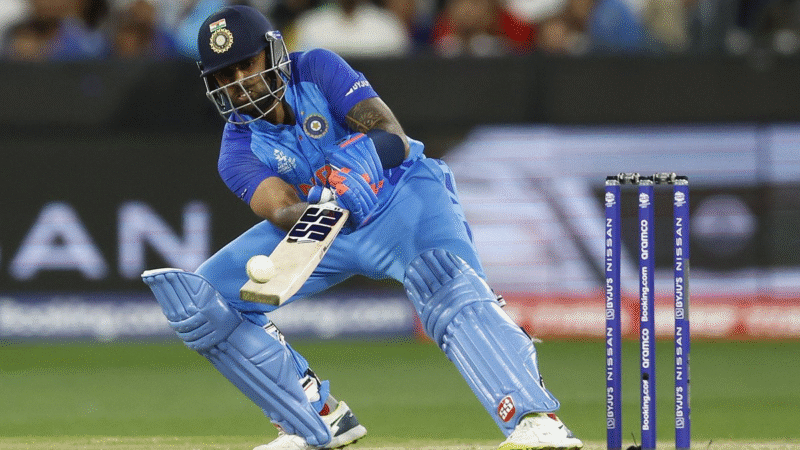DIY Tips For Keeping Your Pool In Optimal Condition

Maintaining your pool in optimal condition is essential to ensure cleanliness, water balance, and overall longevity. Here are some DIY tips to help you keep your pool in excellent shape:
Regular Skimming and Cleaning
Skim the surface of your pool daily to remove leaves, debris, and insects. Use a pool net or skimmer to gather floating debris. Also, regularly clean out your pool’s skimmer baskets and pump filters to prevent clogging.
Preventative Maintenance
Regularly inspect and maintain pool equipment, such as pumps, filters, heaters, and automated systems. Look for leaks, unusual noises, or signs of wear and tear. If any issues are detected, the professionals from swimming pool maintenance Essex will address them promptly, providing the necessary repairs or replacements to keep your pool equipment in optimal condition.
Vacuuming and Brushing
Vacuum the pool’s floor and walls at least once a week to eliminate dirt and algae buildup. Brushing the walls and tile line will help prevent algae and calcium deposits from forming.
Maintain Proper Water Chemistry
Test the water chemistry regularly using a test kit or test strips. Monitor pH, chlorine levels, alkalinity, and calcium hardness. Adjust these levels as needed to maintain proper balance, which helps prevent the growth of algae and bacteria and ensures swimmer comfort.
Shocking the Pool
Shocking the pool involves adding a higher dose of chlorine or a non-chlorine shock treatment to oxidize contaminants and maintain water clarity. Follow the manufacturer’s instructions for the appropriate dosage and frequency based on your pool’s needs.
Cleaning and Backwashing the Filter
Clean your pool’s filter regularly to maintain proper filtration and water circulation. Depending on the filter type (sand, cartridge, or DE), backwash or clean it as the manufacturer recommends to remove trapped debris and restore efficiency.
Managing Water Level
Ensure the water level is within the recommended range. If it’s too low, the pump may run dry, potentially causing damage. If it’s too high, it may impede skimming efficiency. Use a garden hose to add water or a submersible pump to drain excess water if needed.
Winterizing
If you have a seasonal pool, properly winterize it to protect it during the colder months. It typically involves adjusting water chemistry, draining water to the appropriate level, removing accessories, and covering the pool to prevent debris accumulation.
Proper Storage of Pool Chemicals
Store pool chemicals in cool, dry, and well-ventilated areas. Follow the manufacturer’s guidelines for storage and handling to ensure their effectiveness and prevent accidents.
Safety Measures
Install necessary safety measures, such as pool covers, pool alarms, and fencing, to protect children and pets from accidental drowning. Regularly inspect and maintain these safety features to ensure their effectiveness.
Remember, if you need more clarification or are uncomfortable with any aspect of pool maintenance, it’s always a good idea to consult a professional pool service technician. They can provide guidance, perform inspections, and offer specialized expertise to keep your pool in optimal condition.






